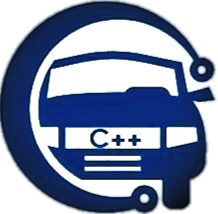Design Pattern
- prashant raj
- May 9, 2021
- 1 min read

what is design pattern?
Design patterns are typical solutions to commonly occurring problems in software design. They are like pre-made blueprints that you can customize to solve a recurring design problem in your code.
Patterns are often confused with algorithms, because both concepts describe typical solutions to some known problems. While an algorithm always defines a clear set of actions that can achieve some goal, a pattern is a more high-level description of a solution. The code of the same pattern applied to two different programs may be different.
Types of design pattern:
1>Creational patterns
2>Structural patterns
3>Behavioral patterns
Creational patterns:
Creational patterns provide various object creation mechanisms, which increase flexibility and reuse of existing code.
Types of Creational patterns:
Singleton
Factory Method
Abstract Factory
Builder
Prototype
Singleton Pattern:
Singleton Pattern is a creational design pattern that lets you ensure that a class has only one instance, while providing a global access point to this instance.
Singleton classes are used for logging, driver objects, caching and thread pool, database connections.
Example:
#include <iostream>
#include <string>
using namespace std;
class singleton {
private:
static singleton *ptr;
singleton()
{
cout<<"In deafult constructor"<<endl;
}
public:
singleton (const singleton &obj) = delete;
singleton& operator=(const singleton &obj) = delete;
static singleton * GetInstance();
void display()
{
cout<<"I am in sigleton class"<<endl;
}
};
singleton * singleton::ptr = NULL;
singleton * singleton::GetInstance()
{
if(ptr == NULL)
{
ptr = new singleton();
}
return ptr;
}
int main()
{
singleton *obj = singleton::GetInstance();
obj->display();
singleton *obj2 = singleton::GetInstance();
//obj2 = obj;
obj2->display();
return 0;
}





Comments